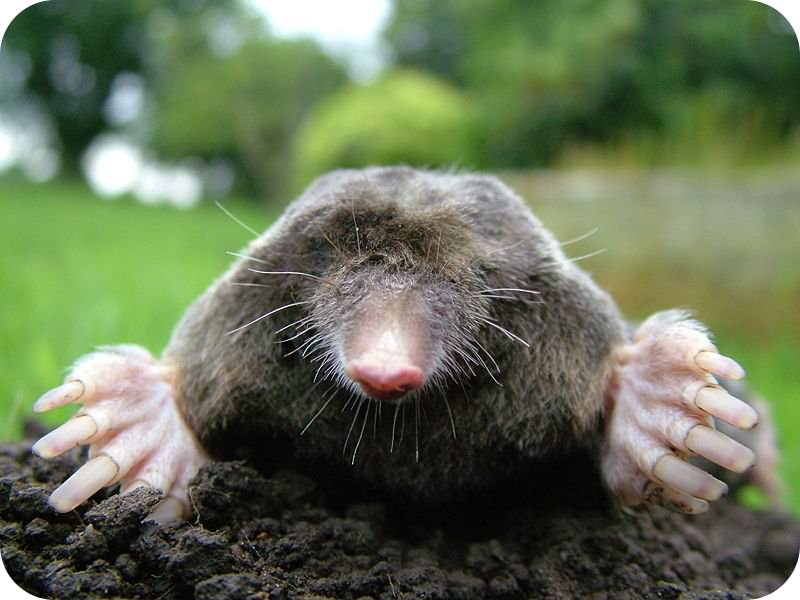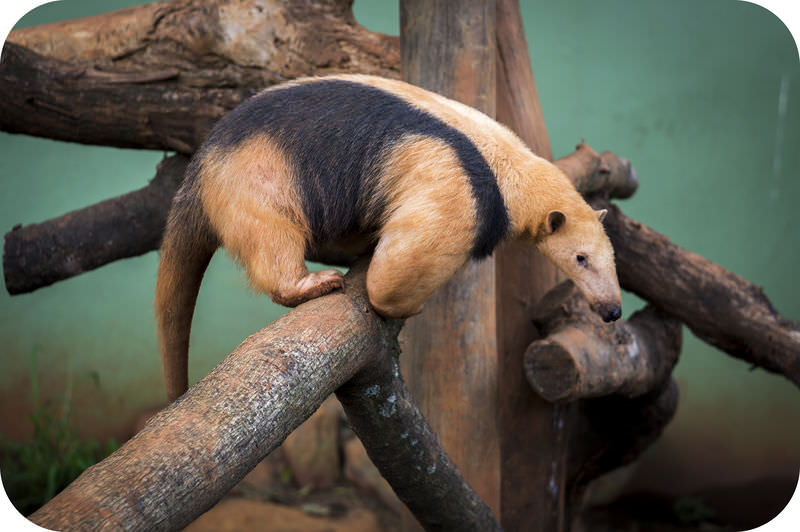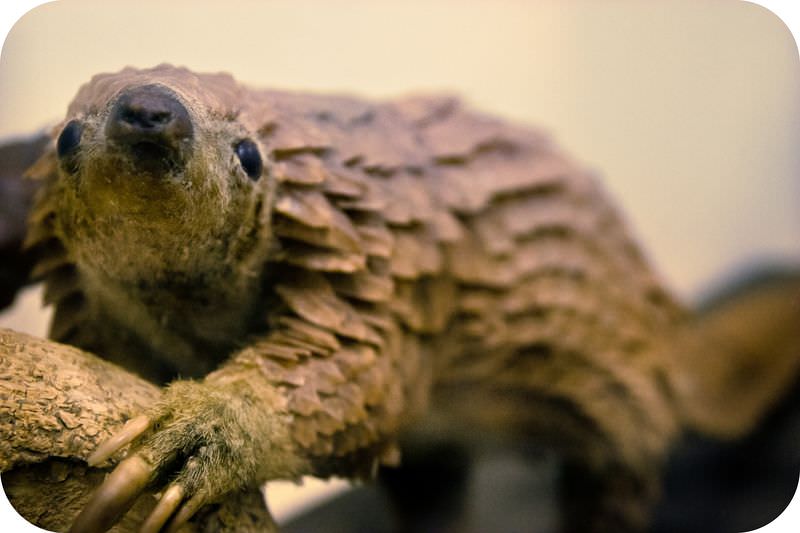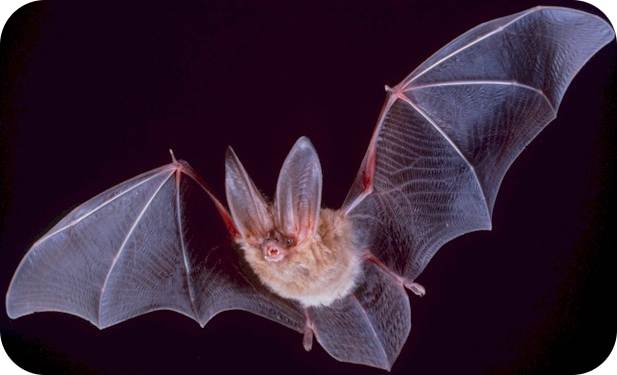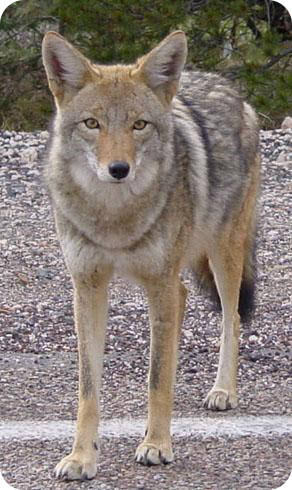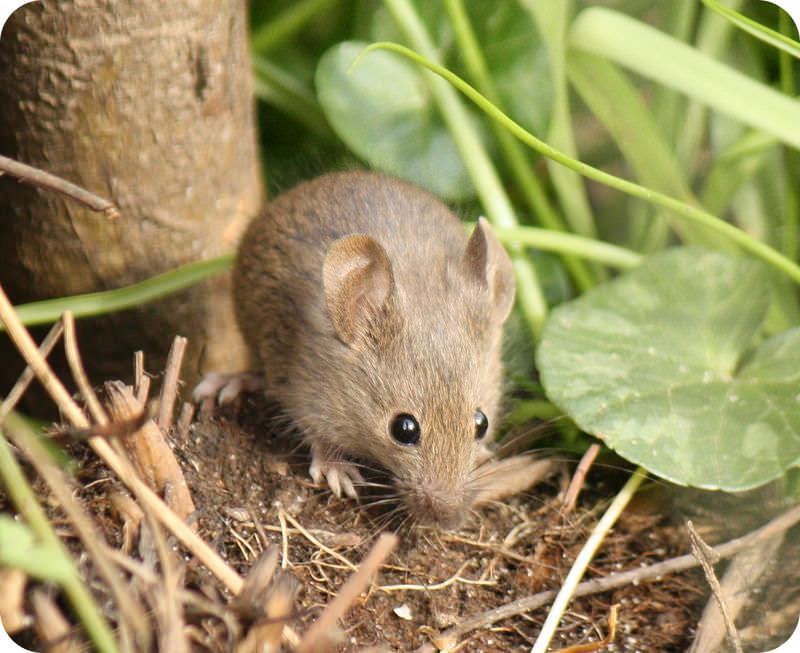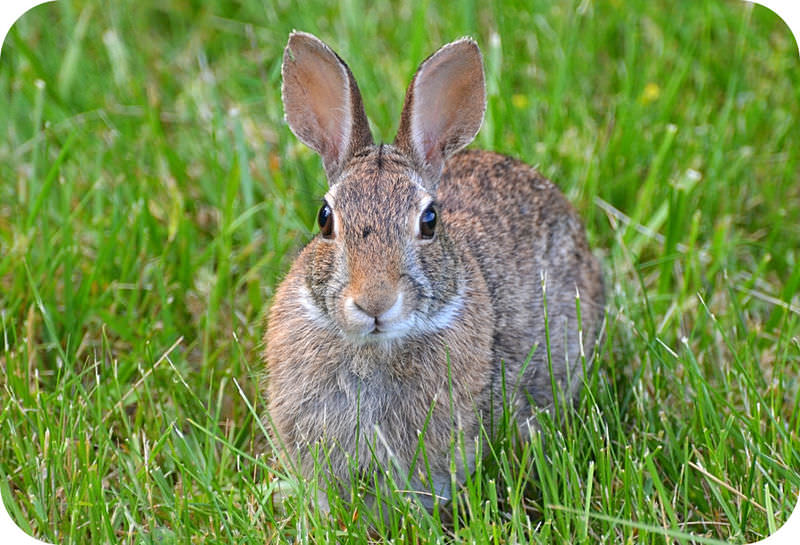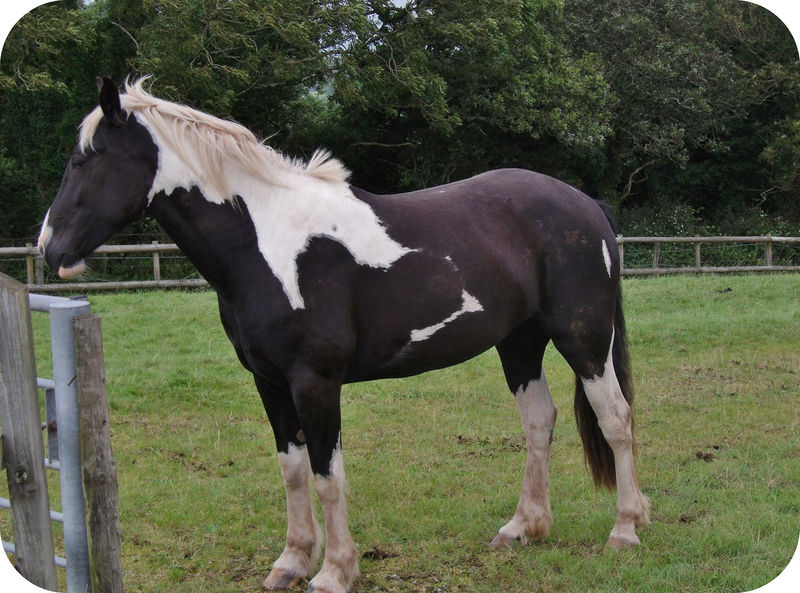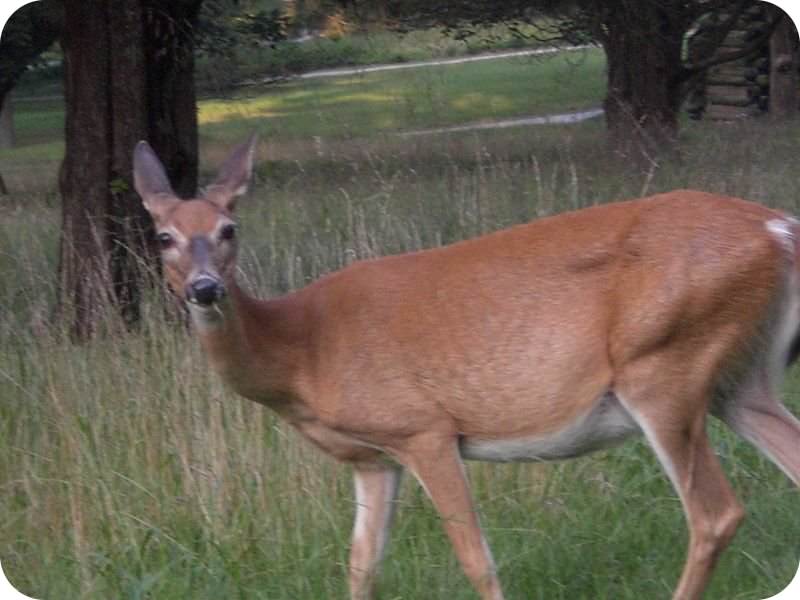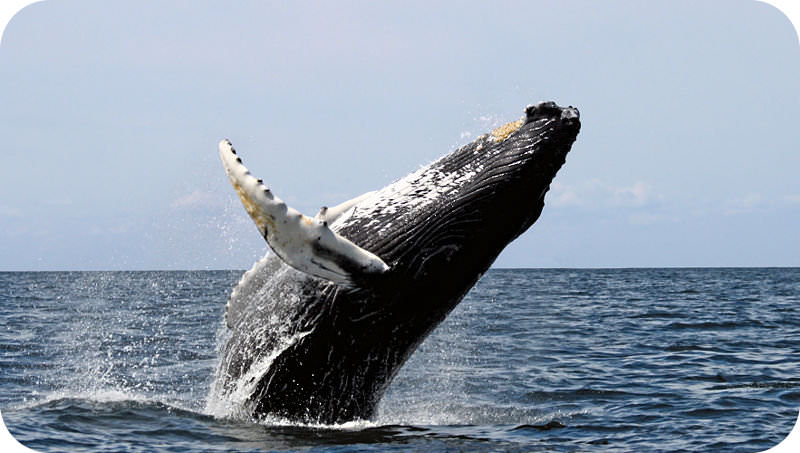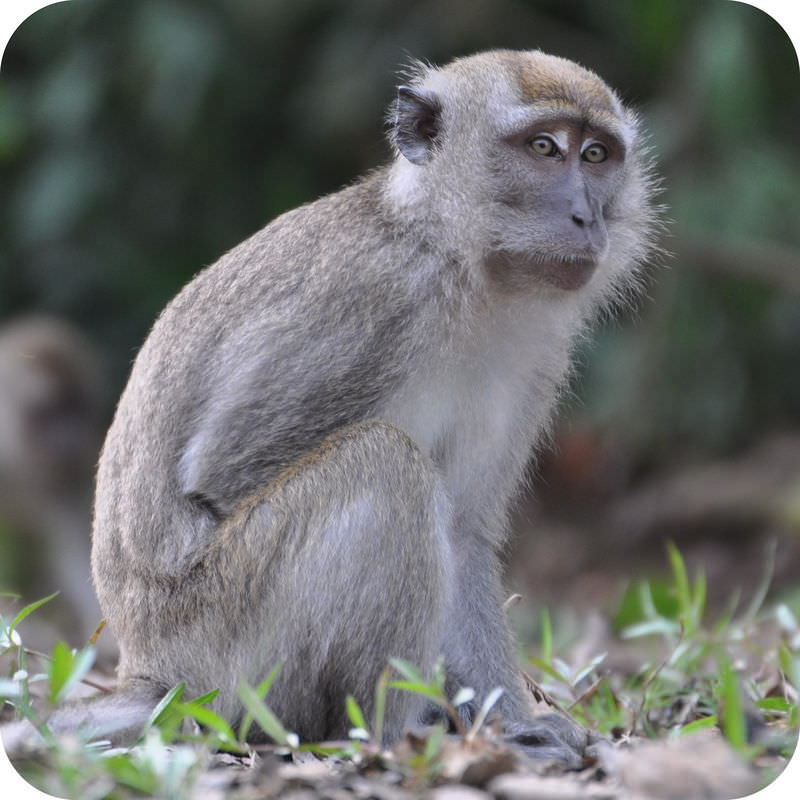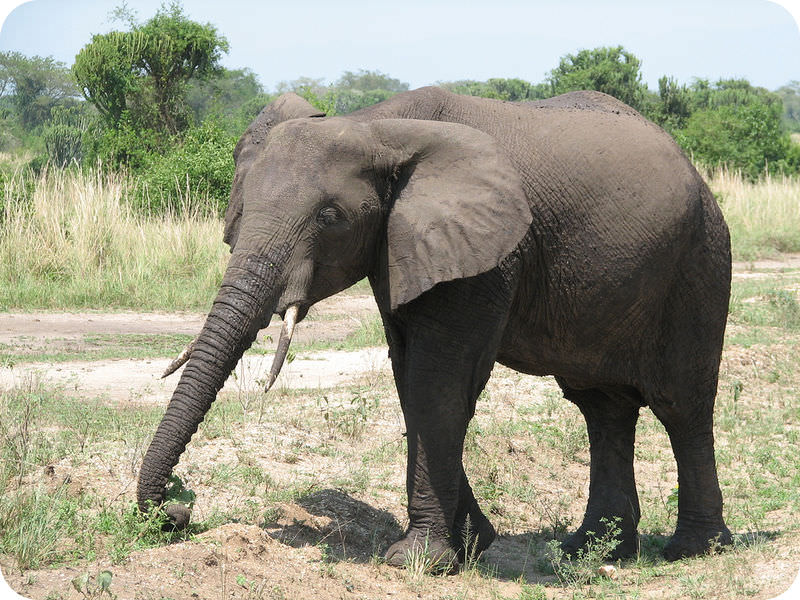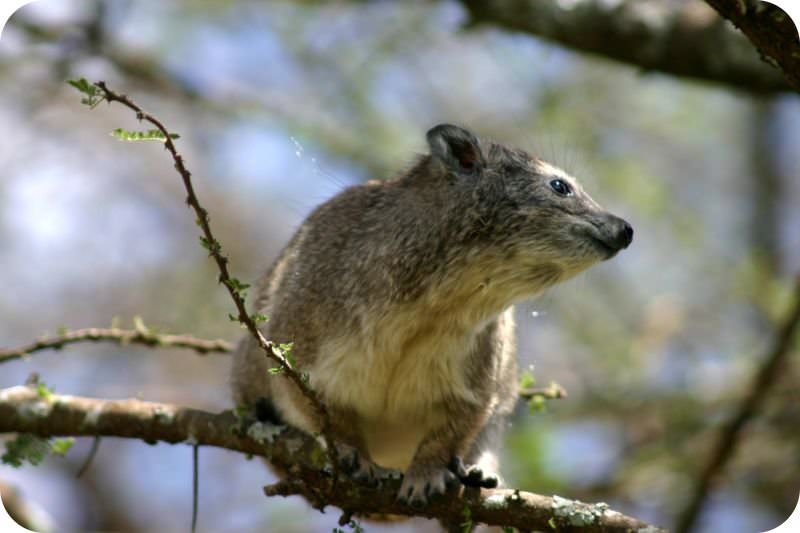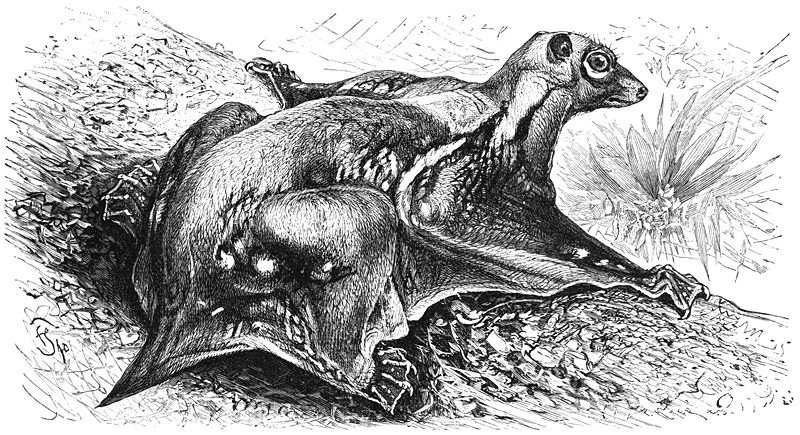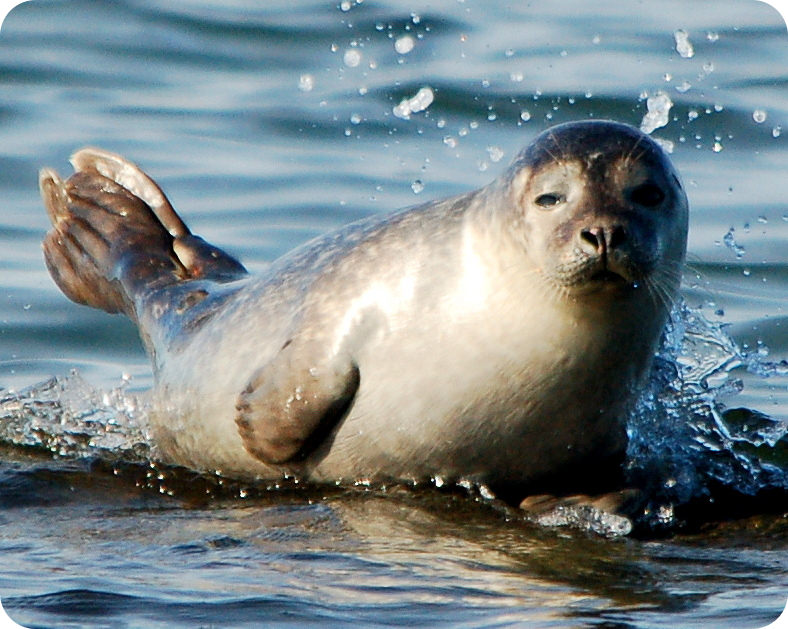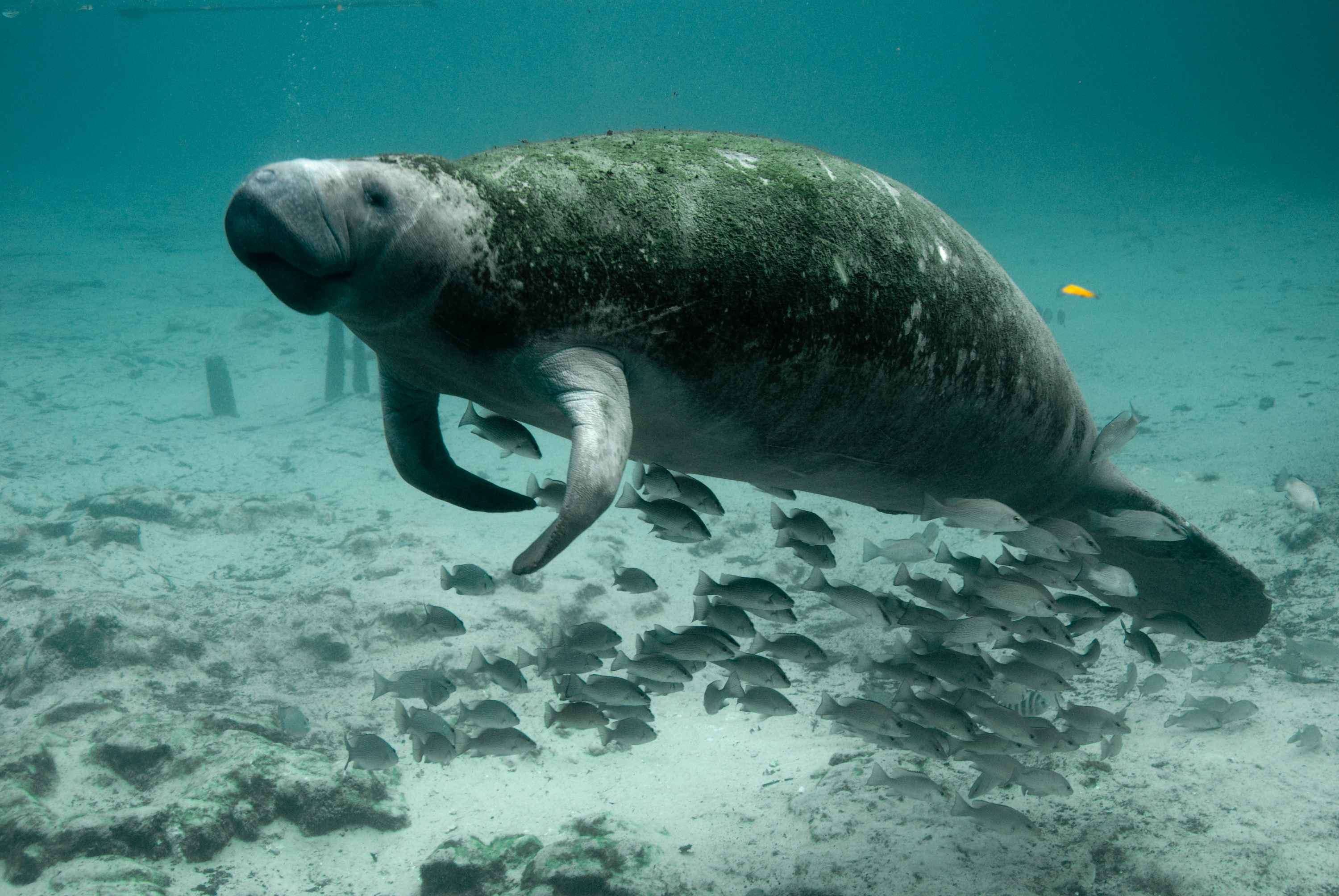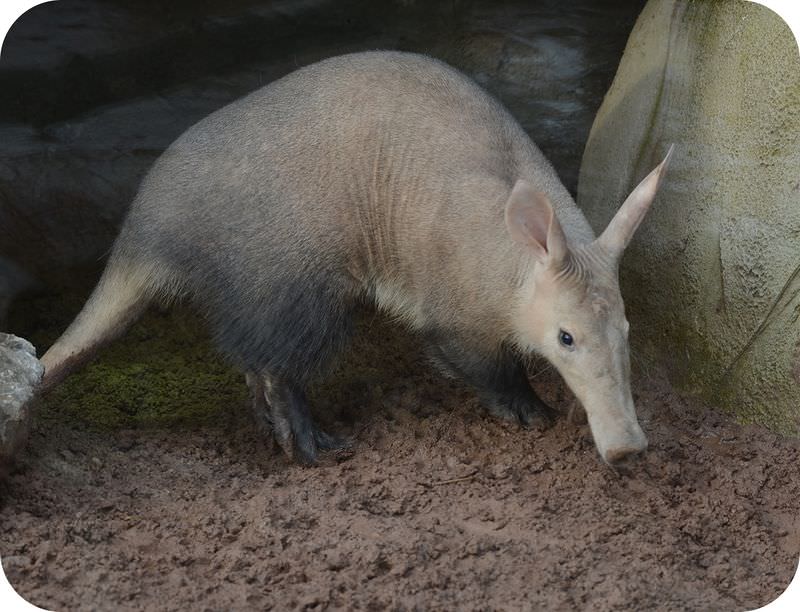12.33 哺乳动物分类
章节大纲
-
How would you classify this mammal?
::你会怎么分类这个哺乳动物?Obviously it is a camel, but is there more to it than that? There are 17 orders of . But then these mammals need to be further classified into families, genera, and finally .
::很明显,它是骆驼,但还有比这更多的吗?有17个命令。但是这些哺乳动物需要进一步分类为家庭,基因,最后。Classification of Placental Mammals
::胎盘哺乳动物分类Traditional classifications of mammals are based on similarities in structure and function. Increasingly, mammals are being classified on the basis of molecular similarities. analyses has recently shown that the traditional orders include mammals that may not be closely related.
::传统的哺乳动物分类基于结构和功能上的相似性,越来越多的哺乳动物根据分子的相似性进行分类,最近的分析表明,传统顺序包括可能不密切相关的哺乳动物。Traditional Classification
::传统分类 传统分类 传统分类 传统分类 传统分类 传统分类 传统分类 传统分类 传统分类 传统分类 传统分类 传统分类 传统分类 传统分类 传统分类 传统分类 传统分类 传统分类 传统分类 传统分类 传统分类 传统分类 传统分类 传统分类 传统分类 传统分类 传统分类 传统分类 传统分类 传统分类 传统分类 传统分类 传统分类 传统分类The most widely accepted traditional divides living placental mammals into 17 orders. These orders are shown in Table . This classification of mammals was widely accepted for more than 50 years. Placental mammals are still commonly placed in these orders. However, this is not very useful for studies of mammalian evolution. That’s because it groups together some mammals that do not seem to be closely related by descent from a recent common ancestor .
::最广为接受的传统传统方法将活胎哺乳动物分为17个顺序。这些顺序见表。这种哺乳动物的分类被广泛接受超过50年。 胎胎哺乳动物仍然被置于这些顺序中。 但是,这对哺乳动物的进化研究并不十分有用。 这是因为它把一些似乎与最近共同祖先的血统没有密切联系的哺乳动物聚集在一起。Order Example Sample Trait Insectivora mole
::摩尔small sharp teeth Edentata anteater
::亚亚图few or no teeth Pholidota pangolin
::潘戈林large plate-like scales Chiroptera bat
::蝙蝠棒digits support membranous wings Carnivora coyote
::土狼long pointed canine teeth Rodentia mouse
::鼠鼠鼠鼠鼠鼠鼠鼠incisor teeth grow continuously Lagomorpha rabbit
::兔子兔子chisel-like incisor teeth Perissodactyla horse
::马马odd-toed hooves Artiodactyla deer
::鹿even-toed hooves Cetacea whale
::鲸鲸paddle-like forelimbs monkey
::猴子猴five digits on hands and feet Proboscidea elephant
::大象tusks Hyracoidea hyrax
::赫纳克斯rubbery pads on feet Dermoptera colugo
::科卢戈membrane of skin between legs for gliding Pinnipedia seal
::密封封印feet with fins Sirenia manatee
::年 年 年 年paddle-like tail Tubulidentata aardvark
::华氏体teeth without enamel Phylogenetic Classification
::生代遗传学分类The mammalian supertree classifies placental mammals phylogenetically . It uses the analysis of DNA sequences to group together mammals that are evolutionarily closely related, sharing a recent common ancestor. These groups are not necessarily the same as the traditional groups based on structure and function.
::哺乳动物超级树对胎盘哺乳动物植物进行分类,利用DNA序列分析,将进化密切相关的哺乳动物组合在一起,分享最近的共同祖先,这些物种不一定与基于结构和功能的传统群体相同。The supertree classification places placental mammals in four superorders . The four superorders and some of the mammals in them are:
::超树分类法将胎盘哺乳动物分为四个超级顺序。-
Afrotheria—aardvarks, elephants, manatees.
::Afrotheria - ardvarks, 大象, manates。 -
Xenarthra—anteaters, sloths, armadillos.
:: -
Laurasiatheria—bats, whales, hoofed mammals,
carnivores
.
::Laurasiatheria -- -- 蝙蝠、鲸鱼、蹄类哺乳动物、食肉动物。 -
Supraprimates—primates, rabbits,
rodents
.
::超长者 - 长者,兔子,鼠类。
All four superorders appear to have become distinct from one another between 85 and 105 million years ago. The exact relationships among the superorders are still not clear. Revisions in this classification of mammals may occur as new data become available.
::4个超级订单似乎在8500万到10500万年前就已经相互区别了。 超级订单之间的确切关系仍然不清楚。 随着新数据的出现,可能会对哺乳动物的这一分类进行修改。Summary
::摘要-
Mammals used to be classified on the basis of similarities in structure and function into 17 different orders.
::哺乳动物过去根据结构和功能上的相似性分类为17个不同的订单。 -
Recently, DNA analyses have shown that the traditional orders include mammals that are not closely related.
::最近,DNA分析表明,传统命令包括不密切相关的哺乳动物。 -
Phylogenetic classification, based on DNA data, groups placental mammals in four superorders. The superorders appear to have become distinct from each other 85–105 million years ago.
::根据DNA数据,基因基因分类将胎盘哺乳动物分为四个超级序列。 这些超级序列在8500万到1.05亿年前似乎已经变得截然不同了。
Review
::回顾-
Compare traditional and phylogenetic classifications of placental mammals. Explain which type of classification is more useful for understanding how mammals evolved.
::比较胎盘哺乳动物的传统和植物遗传分类,解释哪类分类更有助于了解哺乳动物如何演变。 -
Assume that a new species of placental mammal has been discovered. Scientists have examined it closely and studied its DNA. It has wings similar to a bat that it uses for gliding. Its DNA is most similar to the DNA of rodents such as mice. How would you classify the new mammal? Explain your answer.
::假设发现了一个新的胎盘哺乳动物物种。 科学家仔细检查并研究了它的DNA。 它的翅膀与滑翔用的蝙蝠相似。 它的DNA与老鼠等鼠类的DNA最相似。 您如何分类新的哺乳动物? 请解释答案 。
-
Afrotheria—aardvarks, elephants, manatees.

